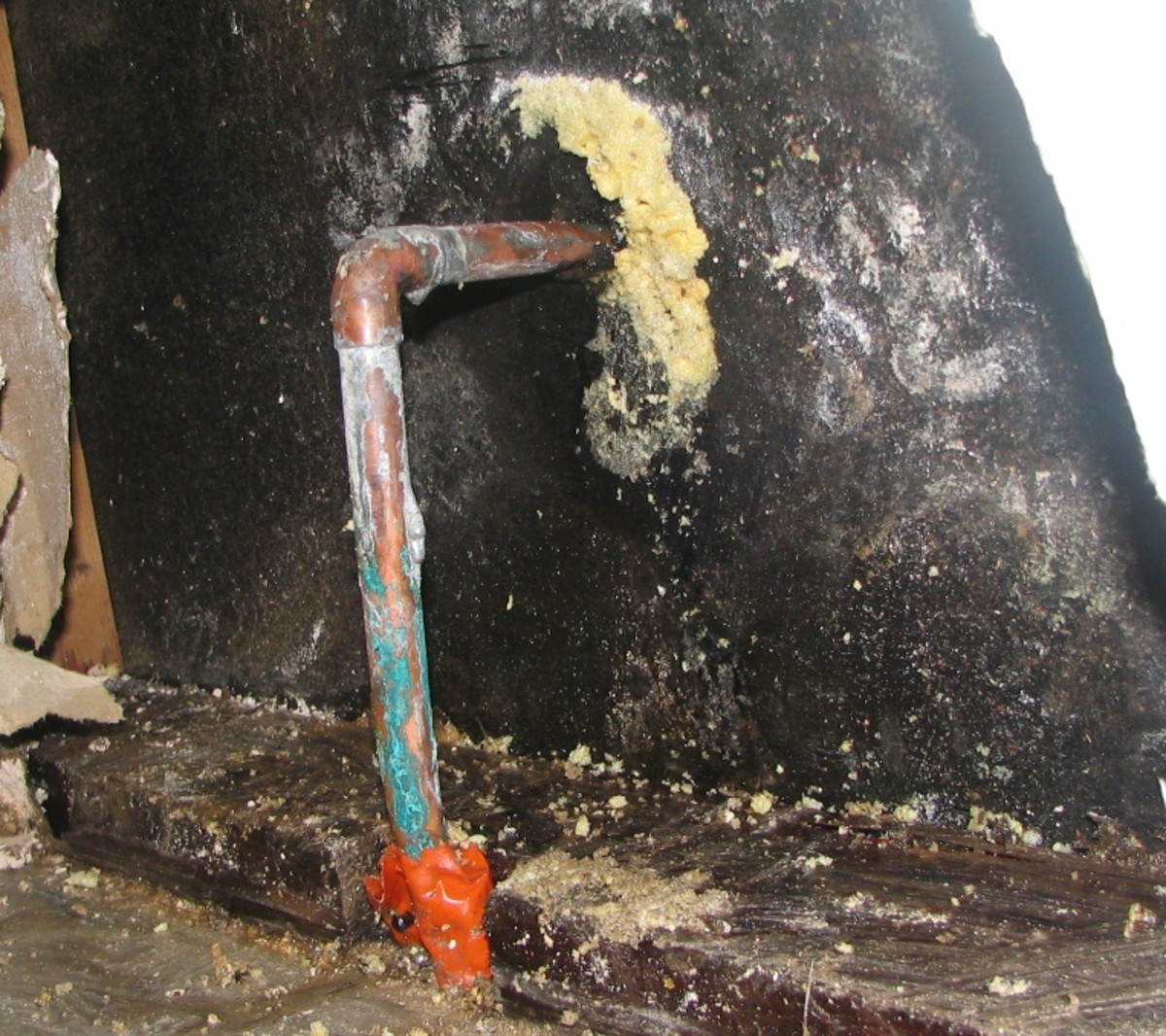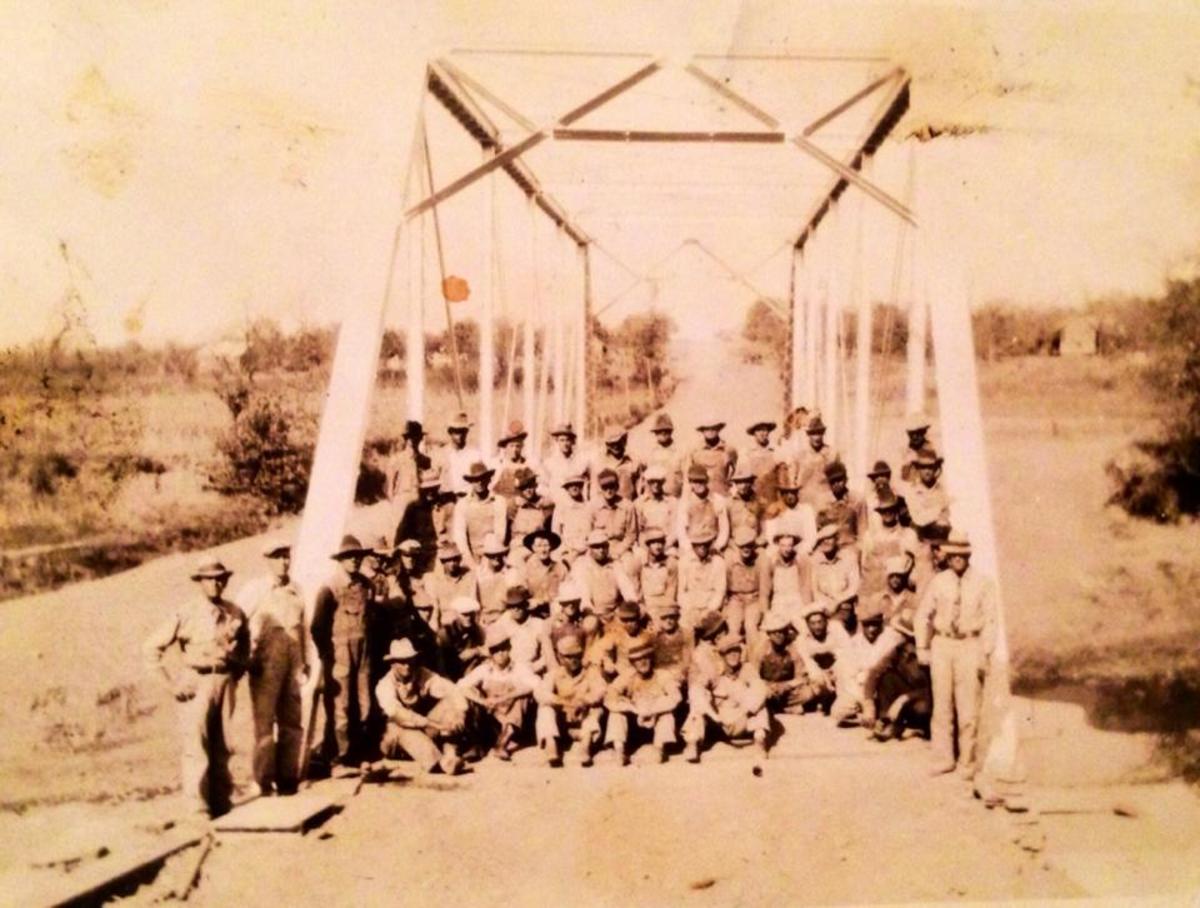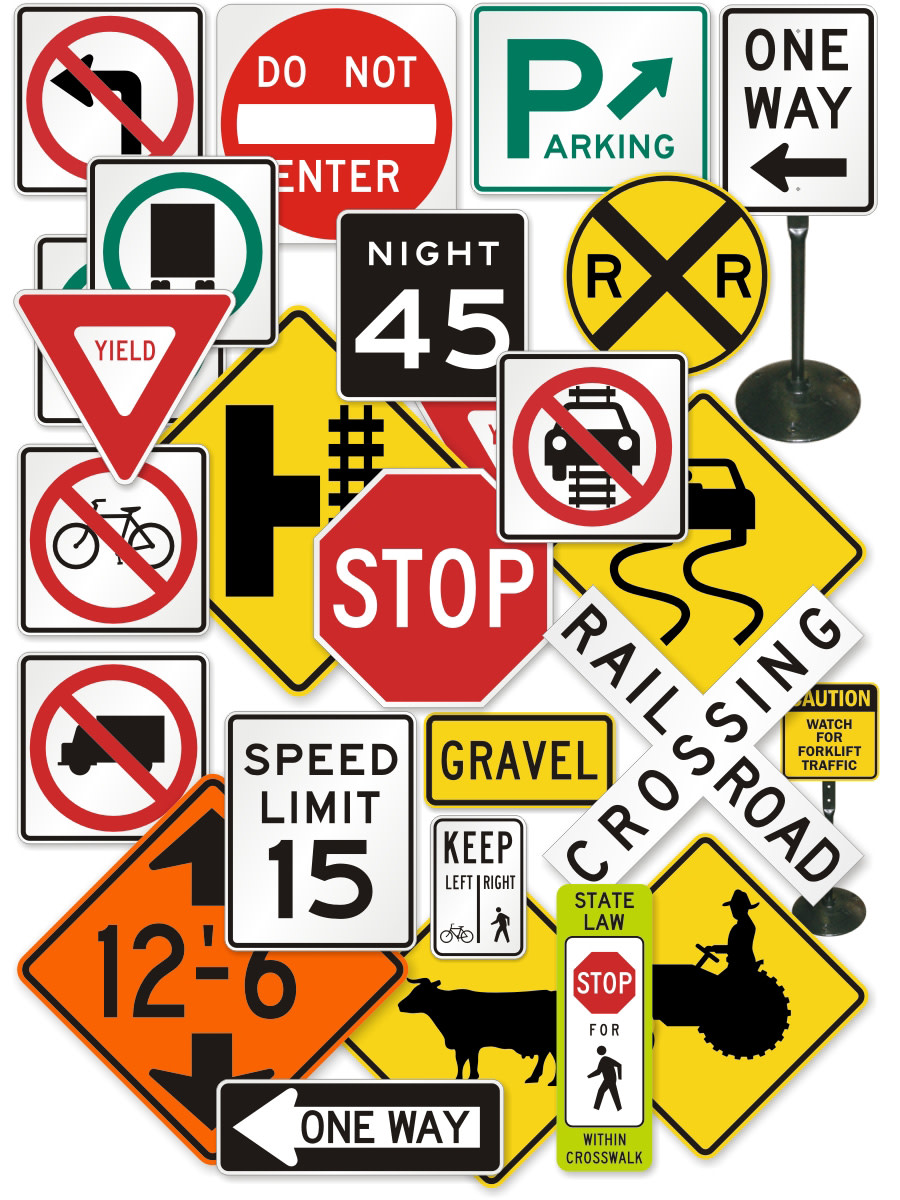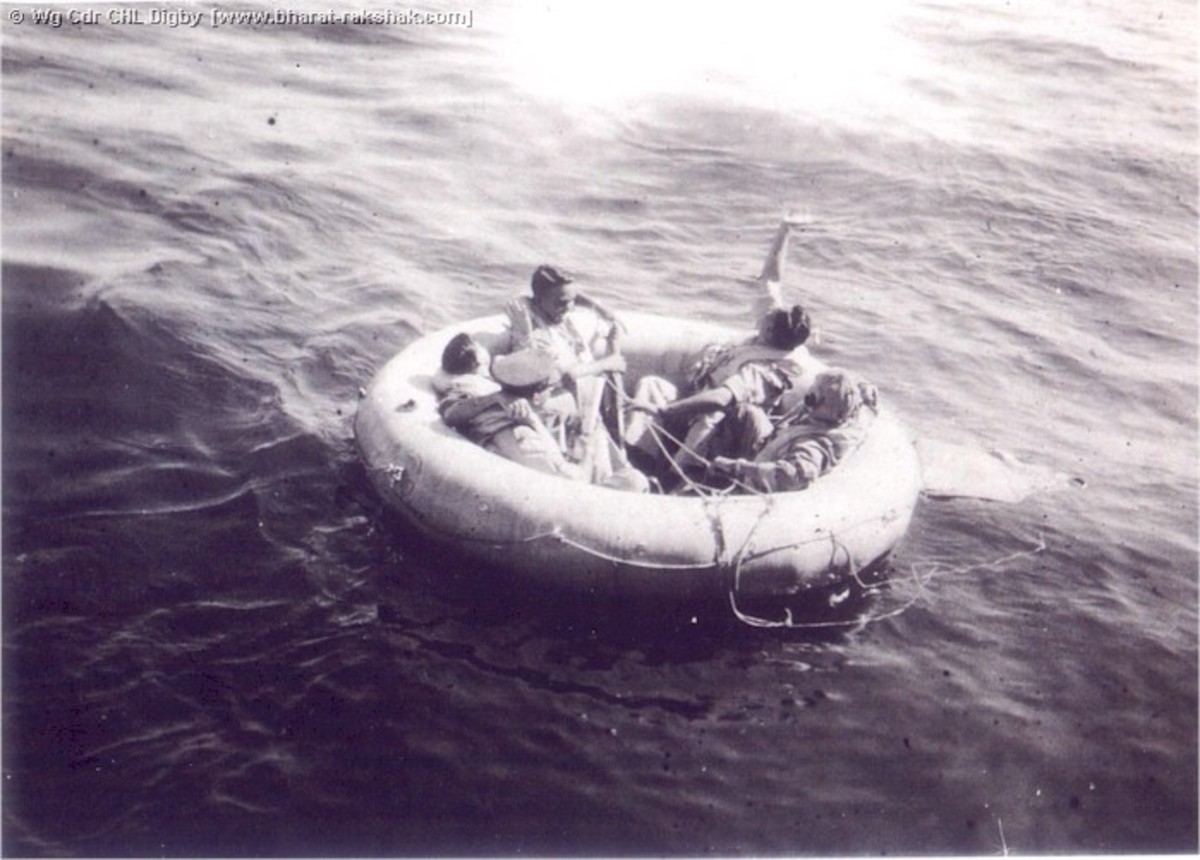Turn Around Don't Drown (TADD) Flood Water Driving Safety Warnings
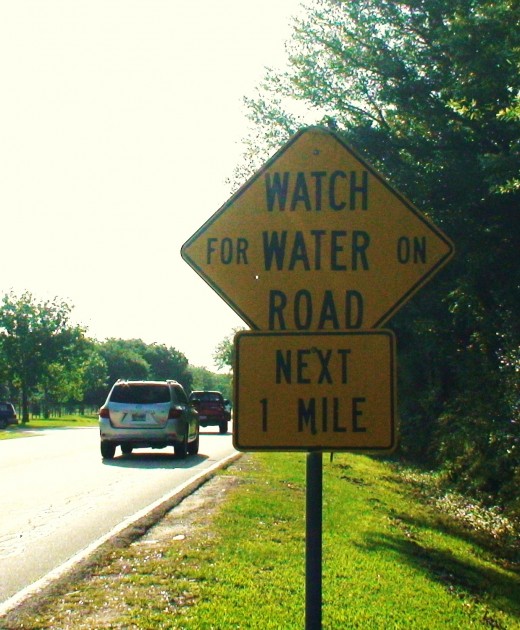
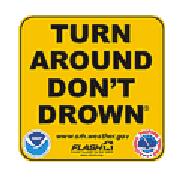
By Joan Whetzel
More people die from flooding than any other hazard, including deaths from heat, lightning, tornadoes, or hurricanes. In fact, more than half of the flooding victims are those who were trapped in vehicles and who drove down a flooded road because the driver ahead of them drove through the flooding or because they underestimated just how deep the water was. Many people don't realize how the power that water packs. Fast moving water that's only 6 inches deep, for instance, is strong enough to knock you off your feet. Flash floods have been known to send boulders rolling, to mow down trees, to demolish buildings and bridges, to trigger mudslides, and to carve out new channels in to hard ground or rock. So you can just imagine what that fast moving water would do to a car and its occupants. That's why the National Weather Service's Turn Around Don't Drown (TADD) Program was developed; to help drivers understand the dangers of driving in flooding and how to stay safe in flood conditions.
What Is Flooding?
Flooding occurs when an excessive amount of rain falls, when a huge mass of snow melts, or when lakes or rivers overflow their banks. This excess water has to go somewhere, and usually the only place it has to go is to cover the land and to flood the roadways. Significant flooding can, and often does, jeopardize the lives of people and animals, as well as causing great damage to farms, towns, and buildings, and making roadways completely impassible.
Flood waters rise rapidly, making it impossible to navigate by car or on foot. Once the National Weather Service issues a Flash Flood Warning, drivers and pedestrians are advised to stay in place where they are (home, work, school) rather than risk getting swept away by the floods. Not only can that 6 inches of water sweep people off their feet, it can cause a car's tires to lose contact with the road. It only takes 18 to 24 inches of fast moving water (barely up to the floor board of most cars) to sweep that car away. The force of the water can overturn vehicles and trap its occupants inside before washing downstream.
Flood and Flash Flood Watches and Warnings
A Flood Watch or Flash Flood Watch is generally issued when the conditions are right for a flood or flash flood to occur. Flood and Flash Flood Warnings are issued when flooding or flash flooding are imminent, and are usually accompanied by advisories to evacuate immediately to higher ground.
Flood Levels
Flood levels come in three levels: minor, moderate, and major. Minor flooding usually produces only a minimal inconvenience. Moderate flooding can engulf streets and highways, particularly near rivers and streams. Major flooding means water has spread out extensively covering roadways and causing damage to buildings. The National Weather Service (NWS) keeps track of river stages during the weather events that tend to cause flooding. The information helps them determine when to notify people living along rivers and streams in time to evacuate. It also helps them determine when to call for city wide flood watches and warnings.
Flood Types by Speed of Onset
Floods are generally categorized as slow-onset, rapid-onset, of flash floods. Slow-onset floods develop slowly but last for a long period of time - a week or more. Rapid-onset floods move in quickly, but usually don't last more than a day or two. Flash Floods appear suddenly, within minutes or sometimes within a few hours of a heavy rain event, a tropical storm, or dam and levee failures. They are the greatest threat because there may be little or no time for warnings or for evacuations.
Turn Around Don't Drown (TADD)
Many drowning deaths due to flooding could have been prevented if drivers and pedestrians had turned around instead of insisting on going through the flood waters. Yes, a canceled trip, or a trip that was delayed or rerouted due to flooding will cost extra time, but it is worth the effort when considering the alternatives - at the very least, a flooded out and permanently damaged car, at the most, your life.
The Turn Around Don't Drive (TADD) program was created by the NWS to increase driver and pedestrian awareness of the dangers of flood waters. While slow-onset floods may take awhile to appear (e.g. those flood events that appear down river after a major weather event upstream days earlier), but rapid-onset floods and flash floods can arise quickly giving little or no time to evacuate those in the path of the flood waters and little or no time to block roadways before they are overcome by fast moving water.
TheNWS offers the following list of safety measures and advice for drivers and pedestrians when encountering flooded streets or flash flood conditions.
1. When approaching a roadway that is flooded over, "Turn Around, Don't Drown." Choose another route or go back to work, home, school, or some other safe spot until the waters go down and it is safe to travel to your destination.
2. Don’t drive down roadways or across bridges that are under water, even if you feel the water is not too deep. It isn't always possible to determine just how deep the water actually is or if the roadway or bridge is washed out by the flood waters.
3. If flood waters are moving up to and around your car, get out and quickly move to higher ground.
4. Avoid know low spots in the road or any roads with dips, washes, canyons, and the like. This is easier if you live in the area and know which areas flood first.
5. Obey any safe driving signs like the "Turn Around don't Drown" signs or those that say "Watch for Water on Road Next (X) Miles" or "Road Closed Due to Flooding."
6. Be aware that the flood waters may hide other dangerous situations, like a washed out road or bridge or major sinkholes which could damage a car or trap the vehicle's occupants inside.
7. Keep children out of flooded areas. One hazard would be snakes, but the biggest hazard is the swiftness with which the water can carry them away.
8. Don't camp too closely to rivers or streams. In case of a major rain event, the waters may rise too swiftly for campers to move out of harm's way.
9. Be careful when driving or walking at night, especially during or immediately following a major weather event that spawns flooding. Darkness makes it even harder to gauge the depth of water or how rapidly it is moving.
10. When planning a trip, investigate the weather conditions for your area before leaving and for your destination so that you are forewarned of any potential flooding problems before heading out (i.e. Hurricane Sandy, 2012). If necessary, postpone the trip. It may cost you a little money now, but it's better than costing you your life.
11. During major weather events (thunderstorms, hurricanes, major snow melts), say informed by listening to local weather forecasts or by monitoring a NOAA weather radio.
12. If at home, work, or school when flooding occurs in the area, find a way to move to higher ground if necessary.
13. If local authorities and the NWS advise people in your area to evacuate, follow their instructions as quickly, and safely, as possible.
14. Don't drive or walk through areas with swiftly moving water. Turn around, Don't Drown
NOAA and the National Weather Service offer posters, pamphlets, videos and other instructional materials on their website covering all aspects of the TADD program. Follow this link to find out more: http://tadd.weather.gov/tadd-resources.shtml
Bibliography
Iowa State University, Sustainable Urban Landscapes. Understanding the Effects of Flooding on Trees.
http://www.extension.iastate.edu/Publications/SUL1.pdf
Oracle Think Quest: Effects of Flooding.
http://library.thinkquest.org/03oct/02054/effects.htm?tql-iframe
Nash, Gayelord. The Effects Of Flood Damage On Everyday Life.
http://www.content4reprint.com/home/the-effects-of-flood-damage-on-everyday-life.htm
Oracle Think Quest. Natural Disasters, Effects of Flooding.
http://library.thinkquest.org/03oct/00758/en/disaster/flood/effects.html?tql-iframe
Bomar, George. Texas Weather. University of Texas Press: Austin, 1995.
FEMA. Floods
Wikipedia. Floods.
http://en.wikipedia.org/wiki/Flood
Flood Site. Types of Flooding.
http://www.floodsite.net/juniorfloodsite/html/en/student/thingstoknow/hydrology/floodtypes.html
That Weather Show. Flash Flood Safety in a Car.
http://www.norman.noaa.gov/2008/04/flash-flood-safety-in-a-car/
NOAA. Turn Around Don't Drown.
http://tadd.weather.gov/tadd-intro.shtml
National Weather Service. Flood Safety Awareness for the RGIV.
http://www.srh.noaa.gov/bro/?n=tadd
National Weather Service, Southern Region Headquarters. Turn Around Don’t Drown.

